At Seattle University, an institution that prides itself off of the false notion of “social awareness”, “equality”, and an environment where “acceptance” is the consistent goal, somehow there still exists a severe and thickly oppressive culture of white supremacy. This form of white supremacy not only oppresses the lives and well-being of people of color, but additionally anyone who falls outside of the heteronormative, binary-supportive, able-bodied “inclusivity” that is falsely preached on campus. In rare instances, solely fueled by the individual capabilities of professors and faculty, this white supremacy is overcome and resisted through curriculums that go against the grain and focus on the development of knowledge based in truth and in history. However, in its majority, the campus reflects and actively participates in white supremacy and white supremacy culture to inable the continuation of an environment meant to maintain safety and encouragement for white individuals. This can be seen, specifically, in classroom environments and interactions with faculty and staff, as well as classroom curriculums and core topics enforced upon the student body. I will explore these themes with the usage of personal experience, experiences of fellow students of color, and truths from inside classrooms around campus.
Though Seattle University and its faculty and staff boast and post on their website the mission statement of being “dedicated to educating the whole person, to professional formation, and to empowering leaders for a just and humane world”, with a supposed “vision” of maintaining “care”, “putting the good of students first”, “justice”, and “diversity”, their student body remains primarily white and taught by primarily white staff. Those faculty and staff who are of color, in majority, maintain ideologies and capabilities on campus that are no better than their white counterparts. In reviewing the experiences of real students attempting to receive their education and maintain a level of safety on campus and in the Seattle University community, this truth can be seen immediately.
In the college of Matteo Ricci, a separate entity within the University that aims to extend academic excellence through the focus of humanities, a culture of anti-black and brown students has strengthened every year it is allowed to continue thriving. The leader of this community, Dean Kelly, has participated in the perpetuation of racial slur, marginalization, and minimizing safe-spaces for the students of color on campus. In multiple situations, both in spoken word to faculty and in publicized quotations online, students have accurately accused Dean Kelly of “employing the n-word to black students within her office”, attempting to convince students that “their aggressive colored-voices are actually marginalizing the experiences of white students” and that their “safe spaces do not matter anymore because they have marginalized themselves”. This oppressive attitude has carried and continued amongst staff and faculty, including Father Sundborg, the current president of Seattle U, who refuses to acknowledge the presence of these violences against student body and refuses the demand to fire the dean for her dishonorable and racist actions. This series of painful, white supremacist actions is also present in the classroom. My own aunt, Adana Lloyd, someone who has been an alumni from Seattle University for thirteen years, does not hesitate to contribute that her experience as a student was no different despite the decade of time in difference: “In the classroom of a poli-sci professor during 2004, I was told personally and to the class, as well, that the systematic oppression of black people in the United States was ultimately a good social phenomena, as it then lead to a sense of solidarity and community amongst black folks, and that at its core, white people were in pain as they don’t get to share that community and sense of struggle, and therefore live a lonlier existence.” In each of these teacher experiences with students of color, they enjoy citing the fact that they “mean well” or are “doing what’s best” with the curriculum they must teach us. However, in viewing the white supremacist works of Goddard and the like, we can see that the importance of “good intentions” is low when supporting and participating in white supremacist projects. Goddard's historically documented work with IQ and race-related intelligence testing, to show “worth” or value of men, proves this lack of importance as his work and findings were highly influential and put people of color even further behind where they already were despite any type of good intentions. Participating in projects, and therefore teaching in institutions, that devalue other individuals based on their race or any other facet of their identity only pit individual groups higher over the other. In Goddard’s case, it, as expected, put white people over people of color based off of testing that was not as “scientific” in nature as it was originally described to be. In today’s modern reality, Dean Kelly and her staff’s promotion of white values and discriminatory support of students lifts and maintains the secluded white excellence of the student body, not the student body as a whole.
Unfortunately, this attitude and environment has also been continued by the staff and faculty of color on our campus. In my own experience, as a student of this campus, my own brown body was violently ignored and cast aside in the favor of white, catholic values despite my own needs as an equal part of the community, specifically through a spiritual campus-lead retreat in which food was provided to students, like myself, with severe tree nut allergies. While white students on the retreat were fed special vegan and gluten-free food items at every meal as they desired, my medical condition was ignored and on the second night I was lied to and fed food that was directly full of nuts. I was then consequently hospitalized, and forced to launch a lawsuit on the school which was shut down and hushed immediately. Why was my brown body hurt while westernized norms of nutrition were upheld and fostered? In the formal aftermath, Michelle Murray, a woman of color Vice President for student development, noted my concerns and subsequently shut down the process for reconciliation and retraining. The only woman of color resource I had on this campus acknowledged my suffering as a student of color who was put down and abused by administrators, but to this day, will not respond to my requests to be heard on campus, despite being one of the only minority faculty members available to hear my voice.
This assault on the black and brown bodies of Seattle University in which white supremacy is upheld also exists within the core curriculum of the institution. As an English and French major junior, the only literature either featuring people of color or written by people color, specifically women of color, I have been able to use as an academic tool were within the teachings of my Ethnic Literature Context and Theory class and my French senior synthesis course on the Negritude movement of Senghor and Cesar. These courses, it is important to note, are two out of the twenty-seven I have ultimately taken at this institution. In the more typical classrooms I have experienced as a woman of color, the literature I am taught will “complete my education” and are “essential to your major” are purely the words of out-dated white men. The “truths” and “histories” of Kant and Plato do not represent what the student body of color needs and demands for a well-rounded, NON-eurocentric education. Why is our curriculum white? Why does our curriculum not move in favor and support of the black philosopher and the black creator? Frequently, the cause is rooted in the racial ideology of the institution's founders and leaders, meaning the “the racially based frameworks used by actors to explain and justify (dominant race) or challenge (subordinate race or races) the racial status quo”. Seattle University’s professor maintain this racial ideology, and focus frequently on naturalizing the experiences of their students of color.
Naturalization, one of the four main frameworks featured in author Bonilla-Silva’s works, is the frame that allows white people to generally explain away any kind of racial phenomena by suggesting they just happen naturally. For example,white people can claim “segregation” is natural because people from all back-grounds “gravitate toward likeness”. In the classroom, many professors include purely white texts as this is “what is to be expected” and often fail or more harshly critique the work of students of color over white students due to their different vernacular or their anticipated lack of knowledge or laziness regarding course topics. If Seattle University was truly focused on the excellence and diverse academic experiences of their students, this would not be an actively occurring issue. Furthermore, many professors on campus believe that students of color are inhibiting conversation and disrupting the needs of white students in classrooms by being “loud”, “politically correct”, or “outspoken” about their personally lived experiences as a marginalized people. The focus of creating “safe spaces” on the Seattle University campus has become primarily a way to create safe spaces for only white students who feel threatened by the voices of their peers of color, whereas a truly “justice-focused” space would feel the need to be inclusive of all people involved, in and outside of the classroom. As Zeus Leonardo argues in his article “The Souls of White Folk: Critical pedagogy, whiteness studies, and globalization discourse”, the true way to solve the issue of white supremacy in classrooms is to adopt a “neo-abolitionist pedagogy”. This suggests that “teachers and students work together to name, re ect on, and dismantle discourses of whiteness” and attempt to “disrupt white discourses and unsettle their codes”.
The white supremacy of these small instances and small groupings only reflect the institution as a whole. Seattle University, like many--if not all-- other institutions around the United States, has been and will most likely always be, built upon the racist ideas and aspirations of white individuals for white individuals present and future. Due to the lack of education amongst faculty and staff of the ideologies and theories surrounding the continuation of white supremacy, the issues featured in this paper are continued and re-affirmed by each incoming class of predominantly white faces. This school, a place claimed to be an urban heaven, a place for all colors, lives and breathes the hate and aggression existent for people of color one hundred years ago. Until the curriculum reflects the diversity and needs of the diverse, until the black and brown bodies of the campus are included in the community and given safe experiences, until the faculty and staff of the institution confront their biases and racisms, the university as a whole will continue to reflect the core values and problems of white supremacy.

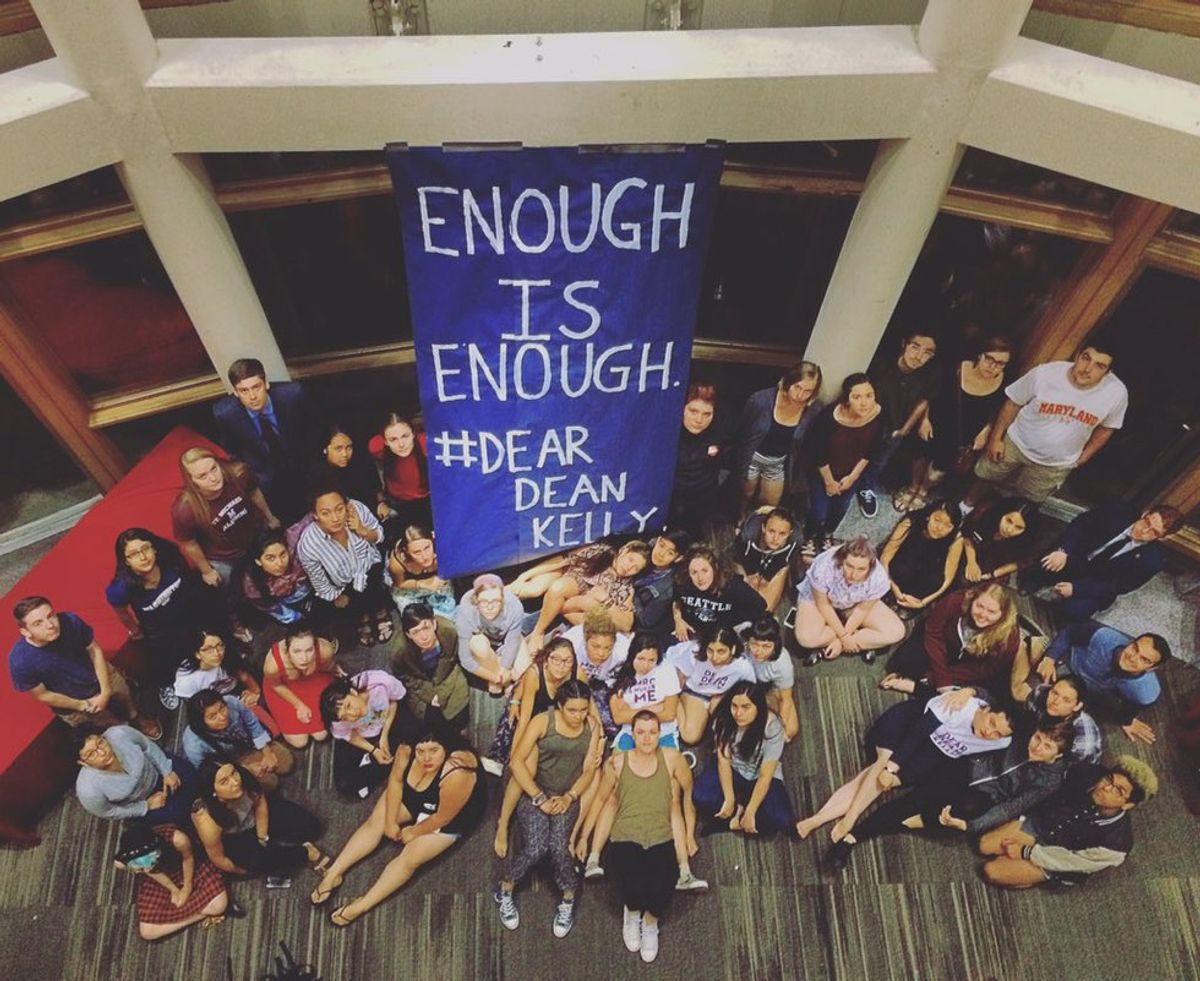

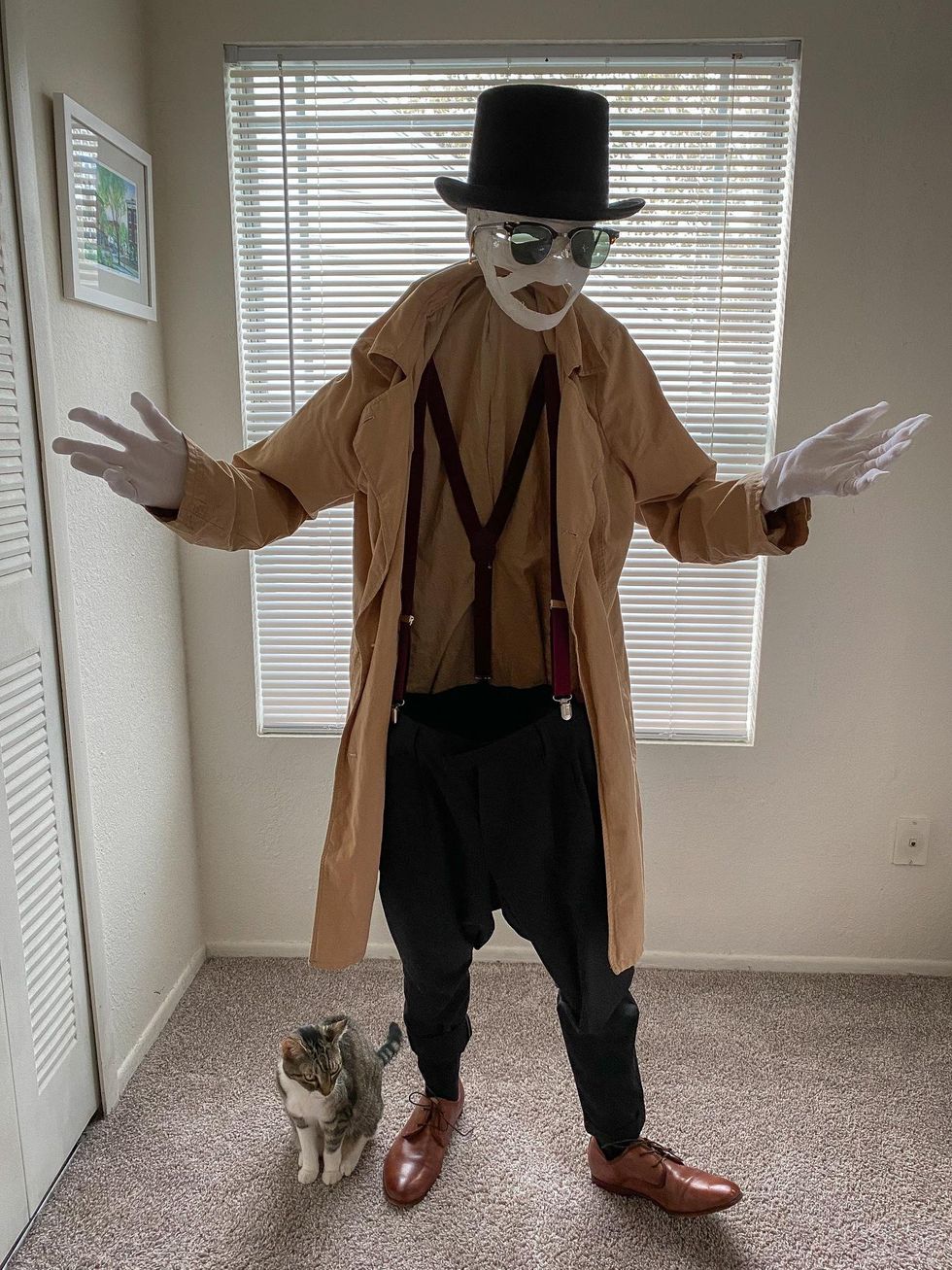

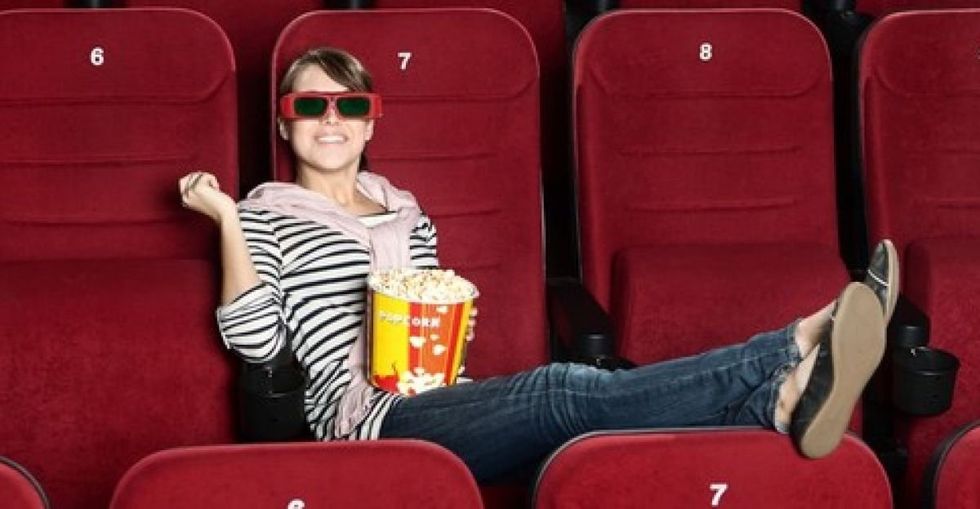 Going to the cinema alone is good for your mental health, says science
Going to the cinema alone is good for your mental health, says science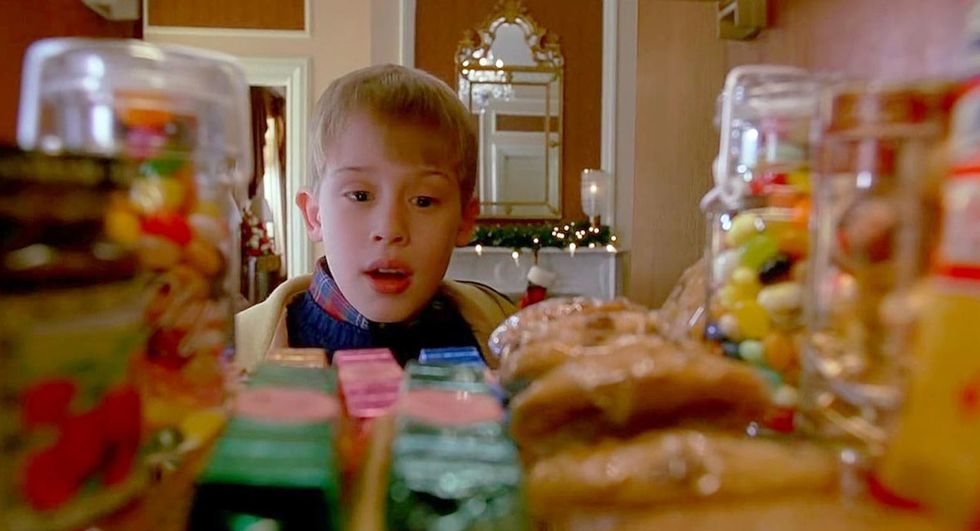
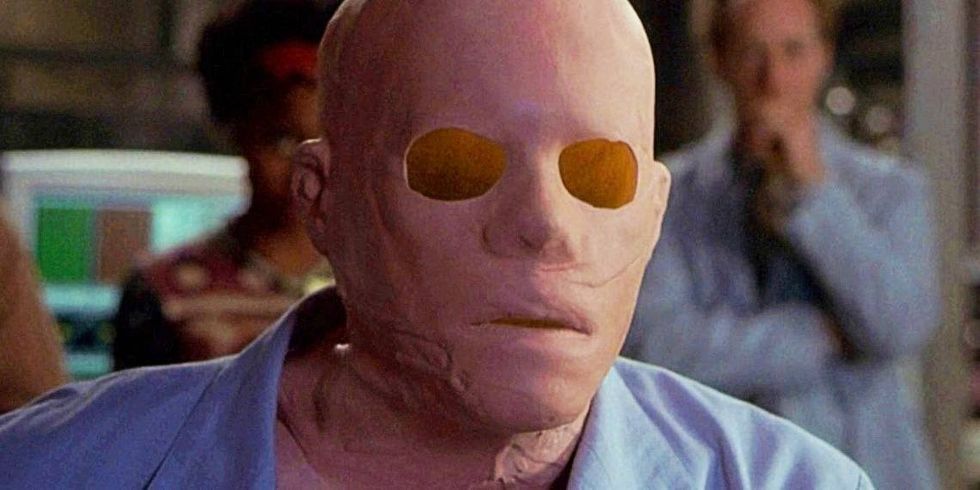
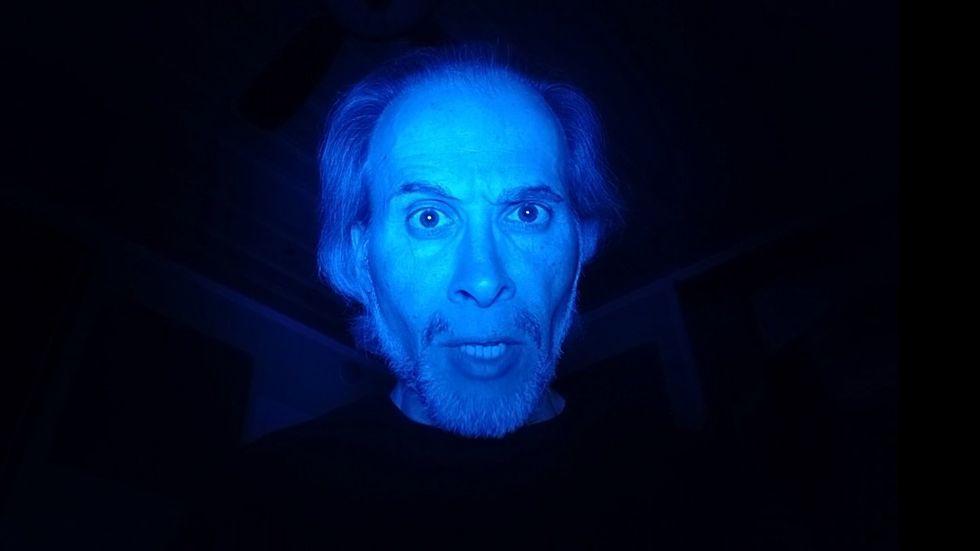

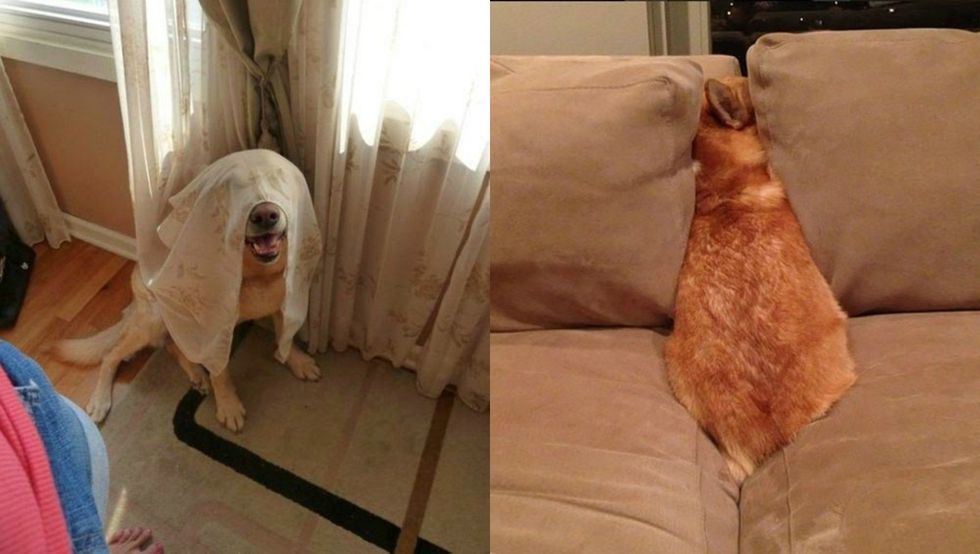

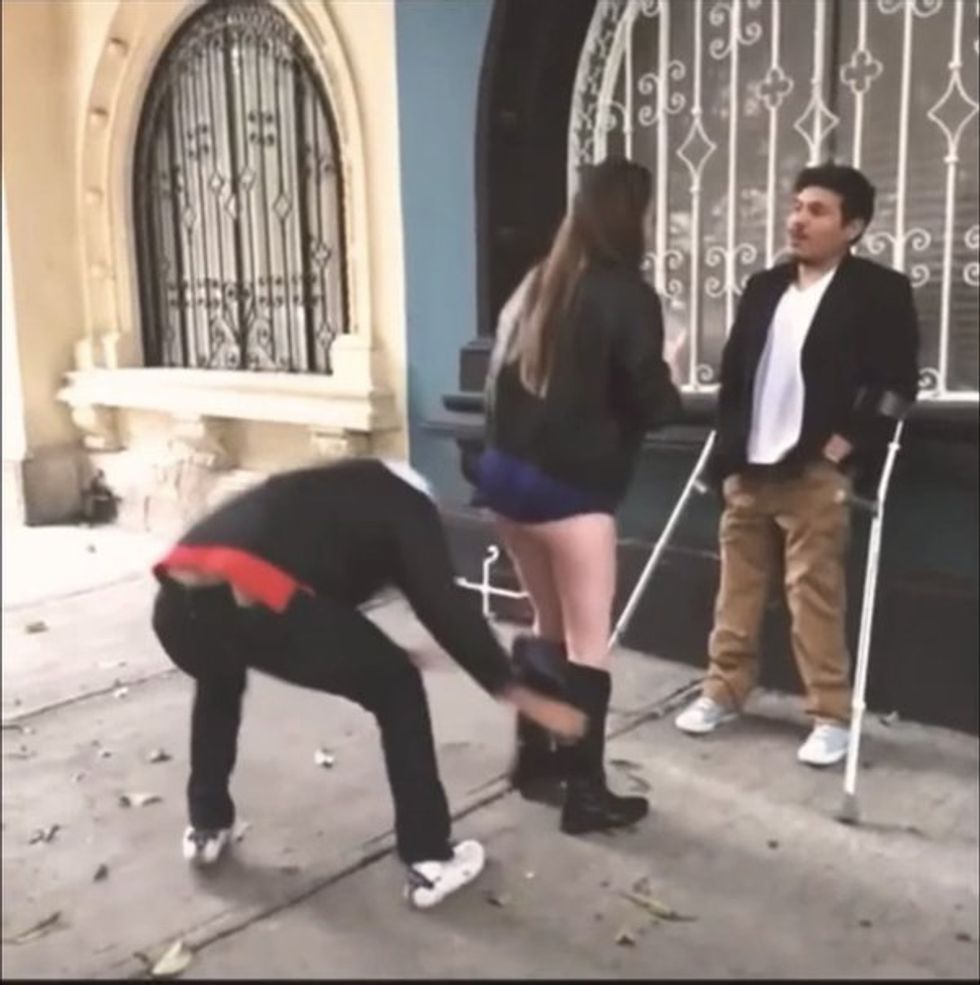



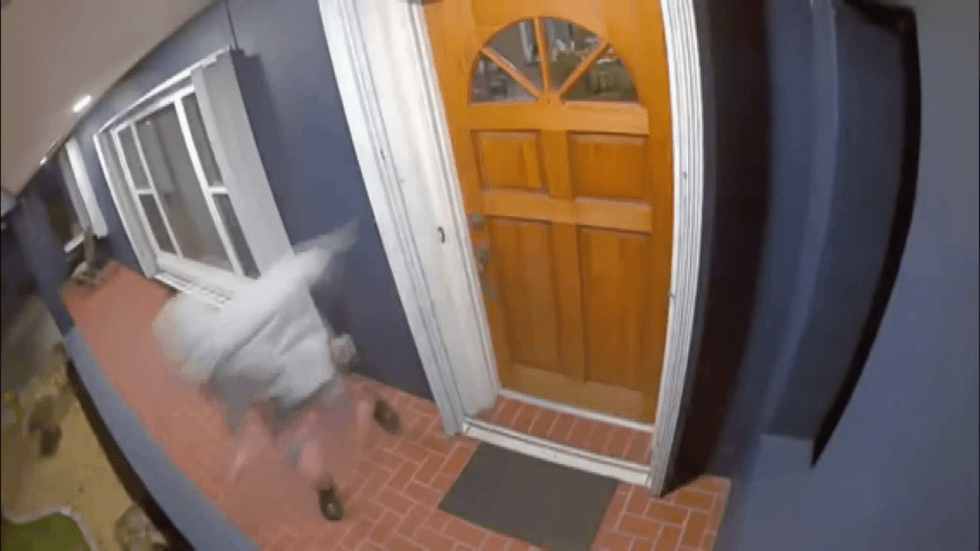


 women in street dancing
Photo by
women in street dancing
Photo by  man and woman standing in front of louver door
Photo by
man and woman standing in front of louver door
Photo by  man in black t-shirt holding coca cola bottle
Photo by
man in black t-shirt holding coca cola bottle
Photo by  red and white coca cola signage
Photo by
red and white coca cola signage
Photo by  man holding luggage photo
Photo by
man holding luggage photo
Photo by  topless boy in blue denim jeans riding red bicycle during daytime
Photo by
topless boy in blue denim jeans riding red bicycle during daytime
Photo by  trust spelled with wooden letter blocks on a table
Photo by
trust spelled with wooden letter blocks on a table
Photo by  Everyone is Welcome signage
Photo by
Everyone is Welcome signage
Photo by  man with cap and background with red and pink wall l
Photo by
man with cap and background with red and pink wall l
Photo by  difficult roads lead to beautiful destinations desk decor
Photo by
difficult roads lead to beautiful destinations desk decor
Photo by  photography of woman pointing her finger near an man
Photo by
photography of woman pointing her finger near an man
Photo by  closeup photography of woman smiling
Photo by
closeup photography of woman smiling
Photo by  a man doing a trick on a skateboard
Photo by
a man doing a trick on a skateboard
Photo by  two men
two men  running man on bridge
Photo by
running man on bridge
Photo by  orange white and black bag
Photo by
orange white and black bag
Photo by  girl sitting on gray rocks
Photo by
girl sitting on gray rocks
Photo by  assorted-color painted wall with painting materials
Photo by
assorted-color painted wall with painting materials
Photo by  three women sitting on brown wooden bench
Photo by
three women sitting on brown wooden bench
Photo by 
 Photo by
Photo by  Photo by
Photo by  Photo by
Photo by  Photo by
Photo by 


 people sitting on chair in front of computer
people sitting on chair in front of computer



 all stars lol GIF by Lifetime
all stars lol GIF by Lifetime two women talking while looking at laptop computerPhoto by
two women talking while looking at laptop computerPhoto by  shallow focus photography of two boys doing wacky facesPhoto by
shallow focus photography of two boys doing wacky facesPhoto by  happy birthday balloons with happy birthday textPhoto by
happy birthday balloons with happy birthday textPhoto by  itty-bitty living space." | The Genie shows Aladdin how… | Flickr
itty-bitty living space." | The Genie shows Aladdin how… | Flickr shallow focus photography of dog and catPhoto by
shallow focus photography of dog and catPhoto by  yellow Volkswagen van on roadPhoto by
yellow Volkswagen van on roadPhoto by  orange i have a crush on you neon light signagePhoto by
orange i have a crush on you neon light signagePhoto by  5 Tattoos Artist That Will Make You Want A Tattoo
5 Tattoos Artist That Will Make You Want A Tattoo woman biting pencil while sitting on chair in front of computer during daytimePhoto by
woman biting pencil while sitting on chair in front of computer during daytimePhoto by  a scrabbled wooden block spelling the word prizePhoto by
a scrabbled wooden block spelling the word prizePhoto by 








